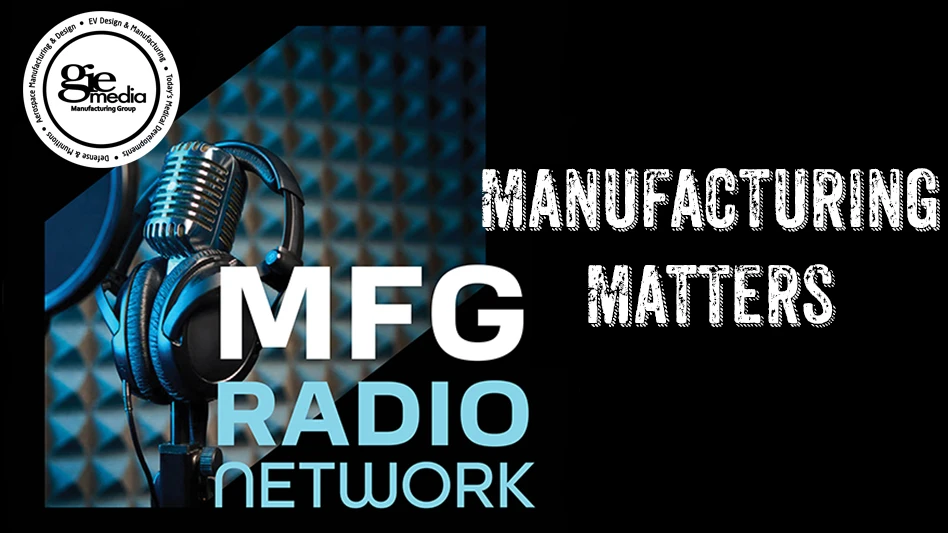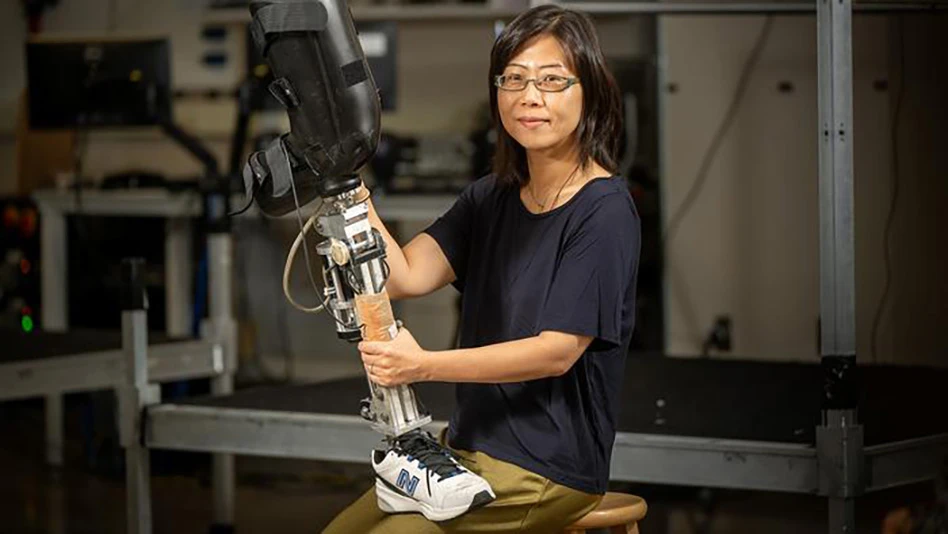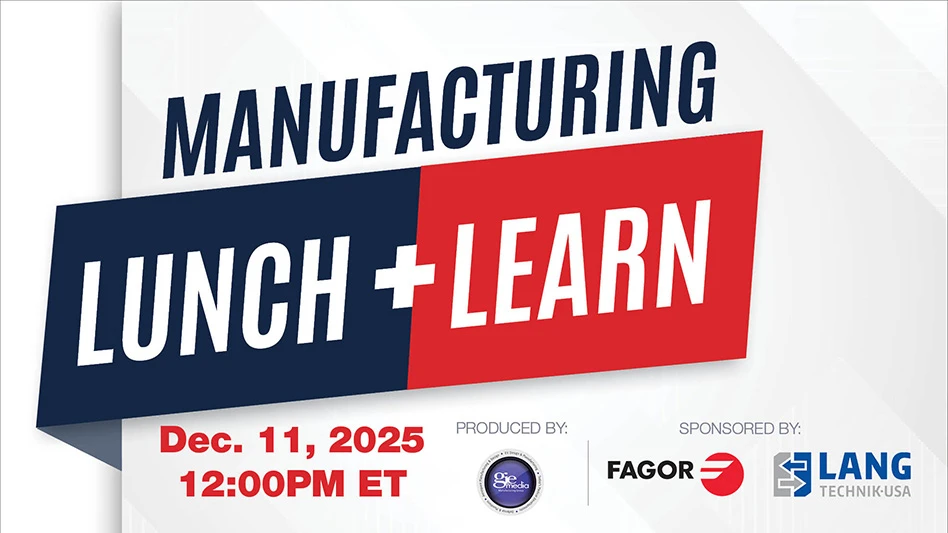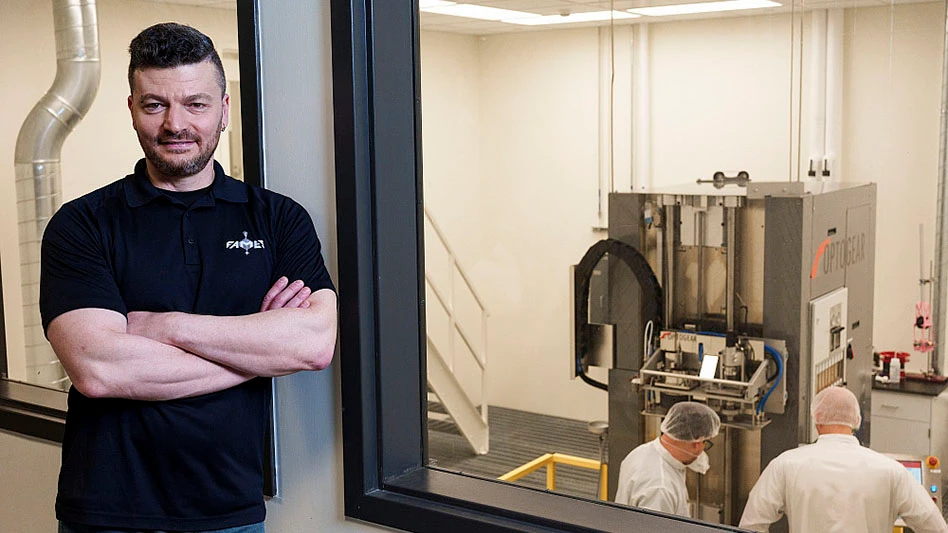 Tibial trial inserts, used by surgeons to assess the size that the artificial knee piece needs to be, are machined on a Doosan DNM400HS 4-axis vertical mill.In December 2008, the Mercer/Doosan Technical Center opened its doors in Memphis, TN, a location that is quickly becoming a second “Warsaw, Indiana” – a global hub for orthopedic device OEMs and suppliers. In addition to being a showroom and training center for Doosan machines, the center’s main thrust is designing and building turnkey machining cells and systems dedicated to a single medical component, or a family of parts.
Tibial trial inserts, used by surgeons to assess the size that the artificial knee piece needs to be, are machined on a Doosan DNM400HS 4-axis vertical mill.In December 2008, the Mercer/Doosan Technical Center opened its doors in Memphis, TN, a location that is quickly becoming a second “Warsaw, Indiana” – a global hub for orthopedic device OEMs and suppliers. In addition to being a showroom and training center for Doosan machines, the center’s main thrust is designing and building turnkey machining cells and systems dedicated to a single medical component, or a family of parts.
A recent project involved developing a system to machine tibial trial inserts. Surgeons use special plastic inserts to assess the size that the artificial knee piece needs to be. In essence, it is a test piece that is cleaned and reused again. A surgeon typically has several sizes of the trial inserts on hand in the operating room to ensure a proper fit for the patient. As such, the machining system had to be flexible to accommodate a wide range of part families. The major components of the turnkey system included a Doosan DNM400HS 4-axis vertical mill with 15,000rpm spindle, rotary table assembly with trunnion, and several types of workholding devices including vises, dove tail jaws, machined jaws, Hirschman quick-change clamping units, and others. Doosan also designed and manufactured all of the necessary tooling and provided the Mastercam component modeling and CNC machine toolpath programs.
“The challenges to machining these parts efficiently and accurately are the multiple articulating surfaces and angles that are required, some with 0.5mm to 0.2mm radii,” says Eric Hedrich, applications engineer at the Technical Center. “It used to take an hour to do one individual part. With the new system, we have been able to cut the cycle down by three-quarters; we complete two parts every 30 to 40 minutes.”
In production, the first operation machines the bottom of two inserts while the second operation machines the top of the inserts, thus completing two parts at each cycle of the process. Hedrich says the former method of producing these parts required multiple setups, multiple fixtures, and multiple custom-ground taper and chamfer mills to put in each of the complex relief angles.
“Just the resetting up and refixturing alone added at least 30 minutes to the cycle time, and that is when a machinist was extremely proficient at the operation,” Hedrich says. “Further, there were more scrapped parts because of the inherent repositioning errors built into the old process. Now, with the CNC mill and the rotary trunnion table assembly, we can position the parts relative to the tooling to put in the angles without having to stop and refixture. We have met the customer’s goals to increase throughput and improve surface finish, all while making the process easily repeated with less skilled workers.”
One of the problems Hedrich encountered when he first began tackling the turnkey assignment was that many of the tibial trial inserts had been designed in what is now obsolete software. Because of that, the quality of the 3D models was very poor. He had to find simple ways to work around the flaws in the models without completely starting from scratch. Hedrich says Mastercam provided ample toolpaths that allowed him to work with the imperfect models. Mastercam also enabled him to easily set up and model the entire system, and work through the R&D process of developing the turnkey rapidly and accurately with proven post-processors that required no editing.
“We made sure we had Mastercam X when we opened our tech center and now we are using X4,” Hedrich says. He goes on to explain that the Mercer/Doosan Technical Center has been able to stave off much of the economic downturn that many machine tool builders are experiencing for two main reasons. One, it has expertise in the steady medical parts manufacturing segment. And, two, customers are taking advantage of the tax benefits derived by outsourcing the entire project, which includes all the engineering time.
CNC Software Inc.
Tolland, CT
mastercam.com
Doosan Medical Technical Center
Memphis, TN
usa.doosaninfracore.co.kr

Explore the April 2010 Issue
Check out more from this issue and find your next story to read.
Latest from Today's Medical Developments
- GrindingHub Americas launches in 2027 in Cincinnati, Ohio
- Methods Machine Tools now offers the Nakamura-Tome NT-Flex
- Battelle awards $900,000 in STEM education grants to Ohio schools
- #55 Lunch + Learn Podcast with KINEXON
- Starrett and Gerstner offer limited edition, American made 1950s replica wooden machinist tool chests
- EMCO’s UNIVERSALTURN 50: The new benchmark in universal turning
- Archetype's Expertise for Equity accelerates early-stage innovation
- Stratasys expands its AM solutions with Tritone's cutting-edge technology





